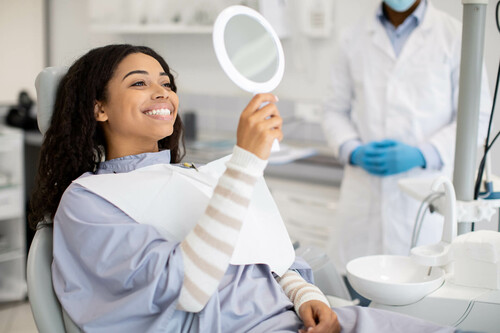
To ensure Alberta dental hygienists have the knowledge, skills, attitude, and judgment to provide safe, effective, ethical and beneficial oral healthcare services to the Alberta public.
Learn MoreFind all of the information that relates to your needs.
News
ACDH staff have been fielding concerns and complaints about advertising requirements and best practices for dental hygiene…
Apr 2ndThe ACDH website has been updated to provide better access to resources for dental hygiene applicants and current dental…
Mar 26thIt is with a heavy heart that I share the news of the passing of our Public Member Councillor, Erhard Poggemiller. Erhard…
Jan 15thAs of April 5, 2023, the College of Registered Dental Hygienists of Alberta (CRDHA) will be operating under a new name and logo – the Alberta College of Dental Hygienists (ACDH). Watch the video to learn more about the ACDH.
Read More
Statistics